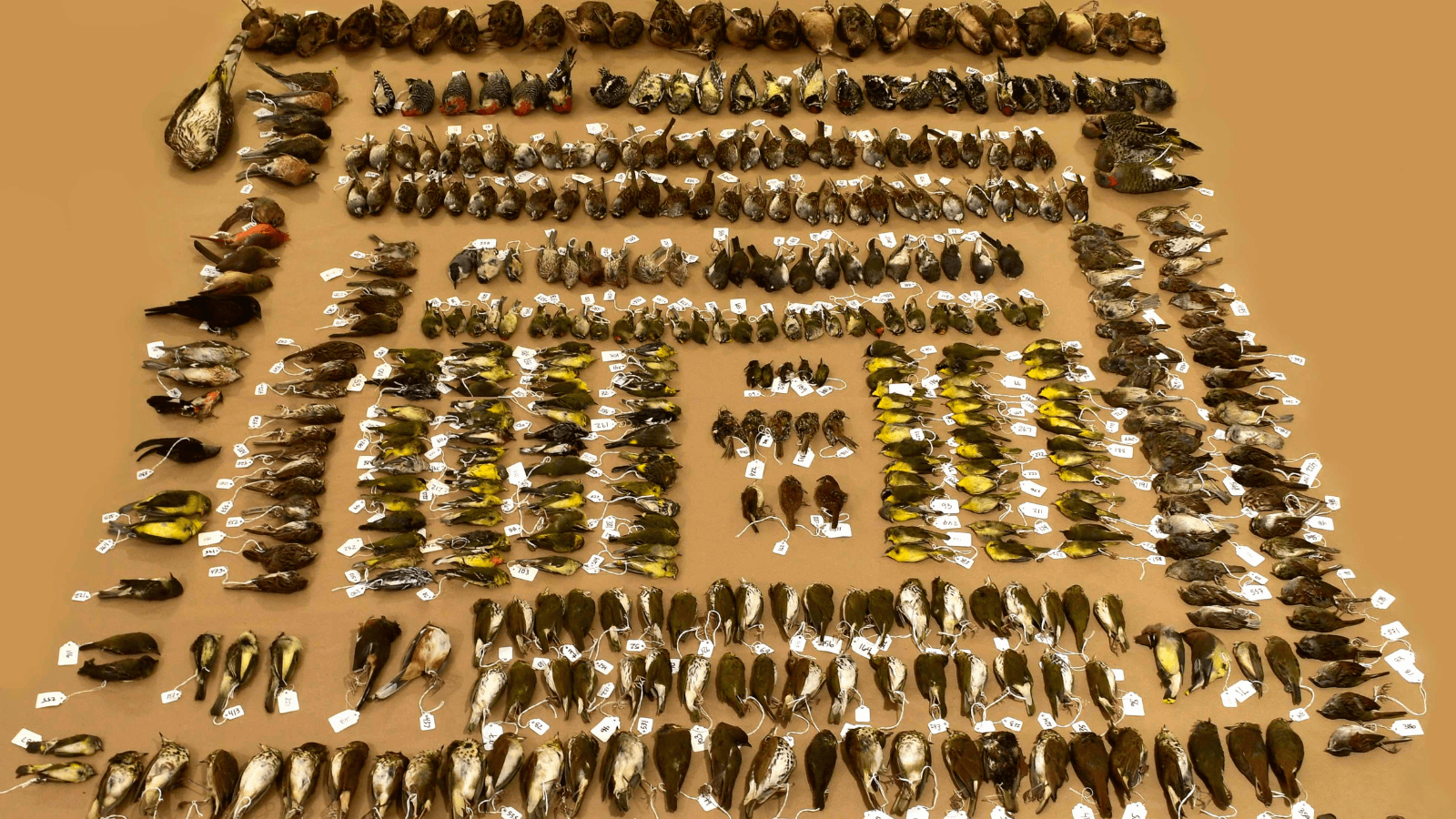Washington, D.C. Passes Bird-Friendly Building Act

In a unanimous vote, the nation's capital has followed New York City's lead and passed a bird-friendly building act that will help reduce the threat of window collisions and make the city safer for birds. It will go into effect for all new constructions or substantial alterations after October 1, 2024. The new act is a promising sign that bird-friendly building legislation is gaining momentum throughout the region. In fact, Maryland just passed a sustainable buildings act that will require many new government buildings to be bird friendly.
Birds fly into windows because they do not perceive glass, and instead just see their habitat reflected back at them. This misperception has deadly results, killing hundreds of millions of birds each year. Some migratory songbirds like Dark-eyed Juncos are especially susceptible to deadly collisions.
“Most people don't know just how much we depend on birds, but bird populations are in a steep decline across the globe,” said Chris Sheppard, Glass Collisions Program Director for American Bird Conservancy (ABC). “Collisions with glass are a major cause. This type of legislation gives us a chance to slow and possibly reverse that decline, especially as more jurisdictions follow the examples of D.C. and New York City.”
The new act uses the American Bird Conservancy (ABC)-developed Material Threat Factor as a metric for the visibility of building materials to birds. The Act will require buildings to use materials with a Threat Factor of 30 or less as determined by ABC's testing tunnels, which corresponds to a reduction in collisions of at least 50 percent compared to unaltered glass.
The Act is the first in the country to offer subsidies to help offset any extra costs of implementing bird-friendly building requirements for property owners who might not be able to afford the extra price of retrofitting buildings. Balancing ease of implementation and effectiveness of the requirements was top of mind when crafting the language of the bill, according to Mary Cheh, the D.C. Councilmember who introduced the bill before retiring earlier this year.
While the bill took only about a year between being introduced and being approved by the Council, setting the stage for its smooth passage was years in the making. For instance, the data proving that bird collisions are a problem in the city only exists thanks to efforts spearheaded by Anne Lewis, an architect and President of D.C. wildlife rehabilitation center City Wildlife. Lewis began volunteer surveys in 2010 to look for collision victims in D.C. neighborhoods. Before this time, she suspected that D.C. might be a threat to migratory birds especially due to its position on the Atlantic Flyway, a major migration route, but there was no concrete evidence.
Lewis and her team have since documented more than 5,200 bird strikes in the D.C. area. “And we only deal with a tiny area of D.C.” Lewis said. “So you present that and no one can say that it's not happening in D.C. or that this is a minor problem. The data is so important.”
The bill also leaned on decades of work by ABC's Chris Sheppard to raise awareness about the issue of bird collisions and conduct research on bird-friendly building materials. Her testimony and guidance played an essential role in the development of the bill.
Cheh, Lewis, and Sheppard hope that this act will serve as a model for other jurisdictions in the area and beyond, helping to build momentum for more bird-friendly cities throughout the country. “The cost to birds has been great, but the cost to stop this is so modest,” Cheh said. “To me, it's a surprise that it's taken this long.”
The full text of the Migratory Local Wildlife Act of 2022 can be found here.
In other good news in the region, the state of Maryland also passed a sustainable buildings act this month that includes ABC-recommended bird-friendly building requirements for federally funded buildings, excluding schools. While this state-level act is a heartening start, more encompassing legislation will hopefully follow at the county level.
Update: The Maryland Sustainable Buildings Act of 2023 was signed into law by Governor Wes Moore on May 8, 2023. Beginning on October 1, 2023, all newly built, acquired, or renovated buildings receiving 51 percent funding from the state will be required to follow LEED (Leadership in Energy and Environmental Design) standards for bird-protective windows and shielded night lighting (US Green Building Council LEED Innovation Credit 55 for Reducing Bird Collisions).
###
American Bird Conservancy (ABC) takes bold action to conserve wild birds and their habitats throughout the Americas. Inspired by the wonder of birds, we achieve lasting results for the bird species most in need while also benefiting human communities, biodiversity, and the planet's fragile climate. Our every action is underpinned by science, strengthened by partnerships, and rooted in the belief that diverse perspectives yield stronger results. Founded as a nonprofit organization in 1994, ABC remains committed to safeguarding birds for generations to come. Join us! Together, we can do more to ensure birds thrive.
Media Contact
Jordan Rutter
Director of Communications
media@abcbirds.org



















































